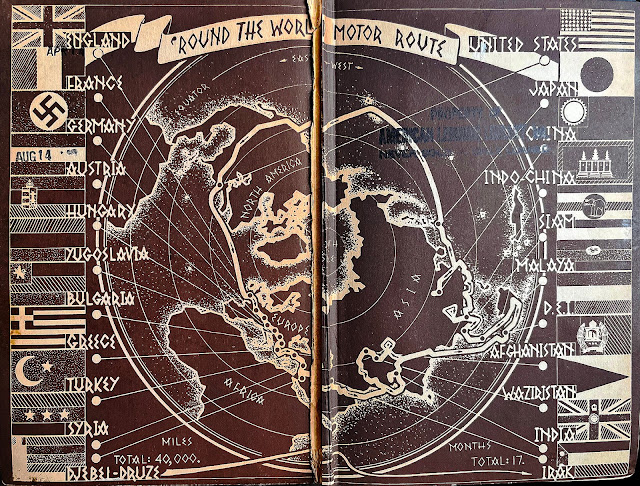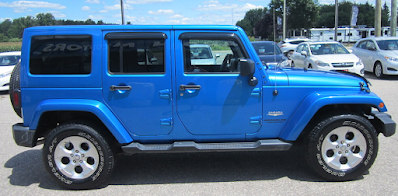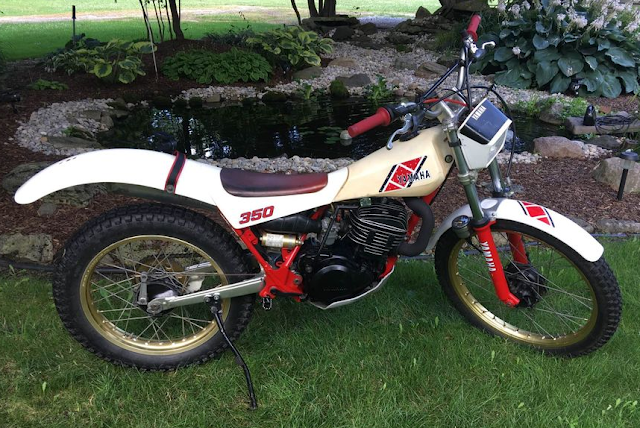 |
| Mercator projections were designed to provide true course headings for ships, and they do it well, but they were never designed to show the entire world. This is a Robinson Projection which shows the scale of things much more precisely. |
Keeping those African sizes in mind and at an optimistic 400kms per day which includes five border crossings known to eat entire days by themselves, the African portion of this trip is just shy of six thousand kilometres, much of it across the Sahara.
 |
| 5836kms across some interesting terrain... |
I thought I was the first in my family to get out Ghana way, but my Grandad was dropped off there by the Royal Navy in 1940 and then proceeded to support his Hurricane squadron as they drove and flew across the Sahara to get into the war in Libya. They landed at Takoradi, so day one would be a sunrise departure into the equatorial heat (that needs to be felt to be believed) and a six hour ride up the coast to stand on the dock he landed on 83 years ago.
Of course that already puts me behind the 400kms/day average I was aiming at, but after experiencing 'Ghana Time' first hand, I suspect that trying to keep to a strict schedule is a sure source of madness in this neck of the woods.
It's fifteen and a half days at 400kms per to get to the crossing at Gibraltar and I wrapped up the conference on November 30th. If I left December 1st, I could apply twenty days to the Africa portion of the trip and give myself some time for surprises. That's still a tight schedule though when you consider the borders and terrain I'd be crossing.If I could be on a ferry on the 20th, I'd be in Spain on the 21st and up in Evora in Portugal at that farm house we stayed at last year in time to meet up with the fam for the solstice. We could put our feet up over the holidays, but I'd eventually push on to Sheringham where I'd have a cottage rented for the rest of the winter and spring. A winter two wheeled insertion into England might require some patience as I'd have to wait for a weather window, though hanging out in Portugal for several weeks during the darkest days wouldn't be a hardship.
If I were to give into my Tiger fixation, the new 900 Rally Pro model does the trick and would handle the days of making distance better.
Of course, given a choice I'd rather get my unsupported old Tiger sorted out and then take it!
I've said it before and I'll say it again, if I had money I'd be dangerous.


























































